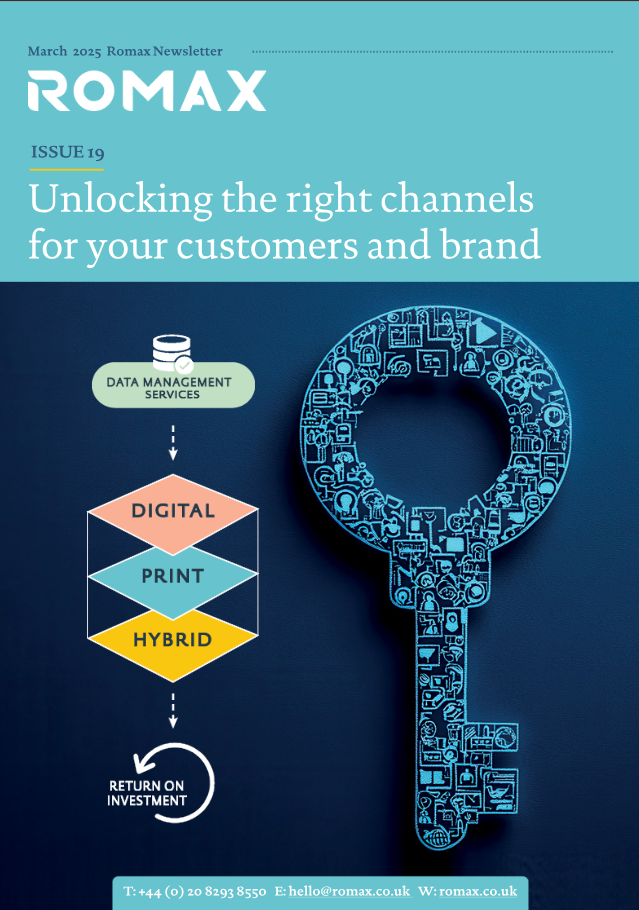The digital landscape has caused a shift in how marketing strategies are developed. Different platforms and communication channels provide businesses with unparalleled access to customer data. Now, you can determine your target audience’s demographics and preferences, making it easier to create personalised marketing campaigns. But several businesses still struggle to understand the importance of their data.
Realise your full potential online by decoding your customer database. Professional data management services in the UK provide you with the insights and ability to analyse customer data. By gaining a better understanding of what you have, you can develop effective marketing campaigns.
Different Types of Customer Data
These days, almost every aspect of your customers’ lives can be translated into data. When processed and analysed correctly, you gain valuable insights into what they need and want from your business.
- Identity Data: The information here is related to a specific customer. Identity data often includes their name, home address, contact number and other types of personal information. This gives you insight into who your customer is and how you can reach them.
- Descriptive Data: The information here is related to your existing customers’ habits and intent. Descriptive data includes details about their profession, lifestyle choices and information about their family. This gives you a clearer picture of who your target audience is.
- Behavioural Data: The information here is related to your existing customers’ behaviour towards your business, specifically how they interact with it online and in the real world. It includes customer experience (in-store and on calls), the web pages they’ve visited, the emails they’ve opened and responded to and even the CTAs they clicked on.
- Qualitative Data: The information here is related to the information that you gather through surveys. This includes information from potential and existing customers. With access to their preferences, sentiments, and motivations, you gain a better understanding of their interest in your business.
How to Use Different Types of Customer Data
Once you’ve identified the different types of data available to you, you may use them to improve marketing campaigns.
Identity Data for Personalised Communications
Build detailed buyer personas for your business. By creating the “average” customer identity, you determine how you can best reach them. Younger personas will likely respond better to digital and online marketing efforts. Developing a communication strategy based on this allows you to improve engagement with your target audience.
Descriptive and Behavioural Data for Customer Segmentation
Categorise your customers based on the data you have. This gives you an idea of where they are in their customer journey. Use this segmentation to develop targeted marketing campaigns that aim to provide them with what they need. When done correctly, you can effectively improve conversion rates for your business.
Qualitative Data for Research and Development
Identify pain points easily about your products and services. Use surveys and questionnaires to get feedback on your business. With this information, you may improve existing products and services while developing new offerings. Additionally, you can use these data-gathering activities to determine why customers choose your business over competitors.
Make the most of your customer database by understanding how to leverage it for better marketing campaigns. Romax provides expert customer data management services that are beneficial to your processes. Talk to our team to find out more.
« Accurate, targeted membership engagement retains loyalty. Do you have a Brand Champion? »



